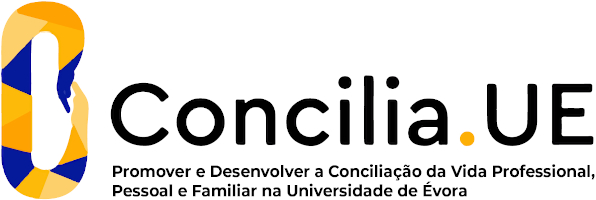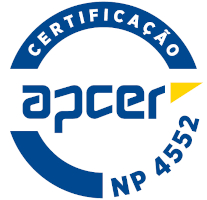2025
Space Organization
Name: Space Organization
Code: ARQ02507I
3 ECTS
Duration: 15 weeks/78 hours
Scientific Area:
Architecture
Teaching languages: Portuguese
Languages of tutoring support: Portuguese, English
Regime de Frequência: Presencial
Presentation
An initiation to the essential principles of the organisation of space, nurturing the students' abilities to read and understand the form(s) that constitute the built environment and their meaning.
Sustainable Development Goals
Learning Goals
To familiarize students with the concept of architectural space as well as with the various competing concepts for its characterization: from natural space to humanized space, from urban space to architectural space. Appeal to students' spatial and sensory memory (direct and indirect experimentation). Encouragement to discover architecture and the city.
Contents
The syllabus is as follows:
1. Natural space/built space;
2. Place and Place;
3. Formation and structure of cities;
4. The construction of urban space;
5. The construction of the architectural space;
6. Indoor/outdoor and public/private binomials;
7. The scale and dimensions of the space;
8. Light, shaping space;
9. The quality of the space;
10. A plural world.
1. Natural space/built space;
2. Place and Place;
3. Formation and structure of cities;
4. The construction of urban space;
5. The construction of the architectural space;
6. Indoor/outdoor and public/private binomials;
7. The scale and dimensions of the space;
8. Light, shaping space;
9. The quality of the space;
10. A plural world.
Teaching Methods
Theoretical-practical practice classes, active learning methodologies. Dialogic approach based on the exposure of contents, debates, group discussions, short workshops, focused on solving problems in a real context and collaborative project design. Soft skills: communication skills, teamwork and problem solving. Individual and group monitoring, stimulating collaborative learning. Self-assessment and peer review.
Assessment
The classification in this curricular unit may result from one of the following evaluation regimes: continuous evaluation or final exam.
Continuous evaluation = (0.25xA) + (0.25xC) + (0.25xC) + (0.25xD)
Evaluation by normal period exam = 0.50x[(0.25xH) + (0.25xC) + (0.25xC) + (0.25xD)] + (0.50xE)
Evaluation by appeal exam, special exam and extraordinary exam = 0.40x[(0.25xA) + (0.25xC) + (0.25xC) + (0.25xD)] + (0.60xE)
Class attendance is mandatory (75% of classes).
Where:
Final Note - cannot be less than 10 points.
A, B, C, D ? practical assignments related to all components A, B, C and D indicated in the syllabus, whose arithmetic average cannot be less than 10 points.
E ? exam whose minimum grade is 10 points.
Continuous evaluation = (0.25xA) + (0.25xC) + (0.25xC) + (0.25xD)
Evaluation by normal period exam = 0.50x[(0.25xH) + (0.25xC) + (0.25xC) + (0.25xD)] + (0.50xE)
Evaluation by appeal exam, special exam and extraordinary exam = 0.40x[(0.25xA) + (0.25xC) + (0.25xC) + (0.25xD)] + (0.60xE)
Class attendance is mandatory (75% of classes).
Where:
Final Note - cannot be less than 10 points.
A, B, C, D ? practical assignments related to all components A, B, C and D indicated in the syllabus, whose arithmetic average cannot be less than 10 points.
E ? exam whose minimum grade is 10 points.
Teaching Staff
- Júlia Zurbach Varela [responsible]





















